想起一件与“虎”的交流的往事。
Solomon Snyder (1938-)是神经药理学的大老虎(为了避免中文歧义,说明这里用“老虎”是比牛强的意思,无他)。
Snyder立业非常快,1970年(32岁)成为霍普金斯大学医学院正教授。1980年创立神经科学系,几十年任系主任,2006年卸任系主任后,该系以他命名(Snyder神经科学系)。他还是药理系、精神病学系的教授。
他文章特别多,引用率很高,是活着的生命科学方面引用率最高的之一,曾多年是所谓H指数全世界最高的科学家。
他的研究主要涉猎神经递质受体、一氧化氮合成酶、IP3受体等。其中,神经递质受体的工作,在1970年代特别高产,方法简单,而对药物发展影响较大。
Snyder的表达能力、交往能力也都很强。
但是,他获诺贝尔奖的可能性并不是很大。
1984年6月,在上海第一医学院神经药理学教授张安中实验室读研究生的我,曾经致信Snyder,提了几个问题。
Snyder于7月5日回信,24日我收到。
他回复了四个问题:
一是同意我的请求,寄了他最重要论文的抽印本。
二是认为药物PCP的受体应该不同于sigma阿片受体,并附上他实验室即将发表的PNAS论文预印本。
三是表示他认为当时不清楚PCP受体是否有内源性配体,虽然他听说爱因斯坦医学院的Susan Zukin好像部分分离纯化了一个可能的PCP受体的内源配体。
四是他明确认为已有的证据支持多种阿片受体在分子是应该是不同的,当然待分离受体之后才能确定。
与专家进行有学术意义的交往,对年轻人很有帮助。
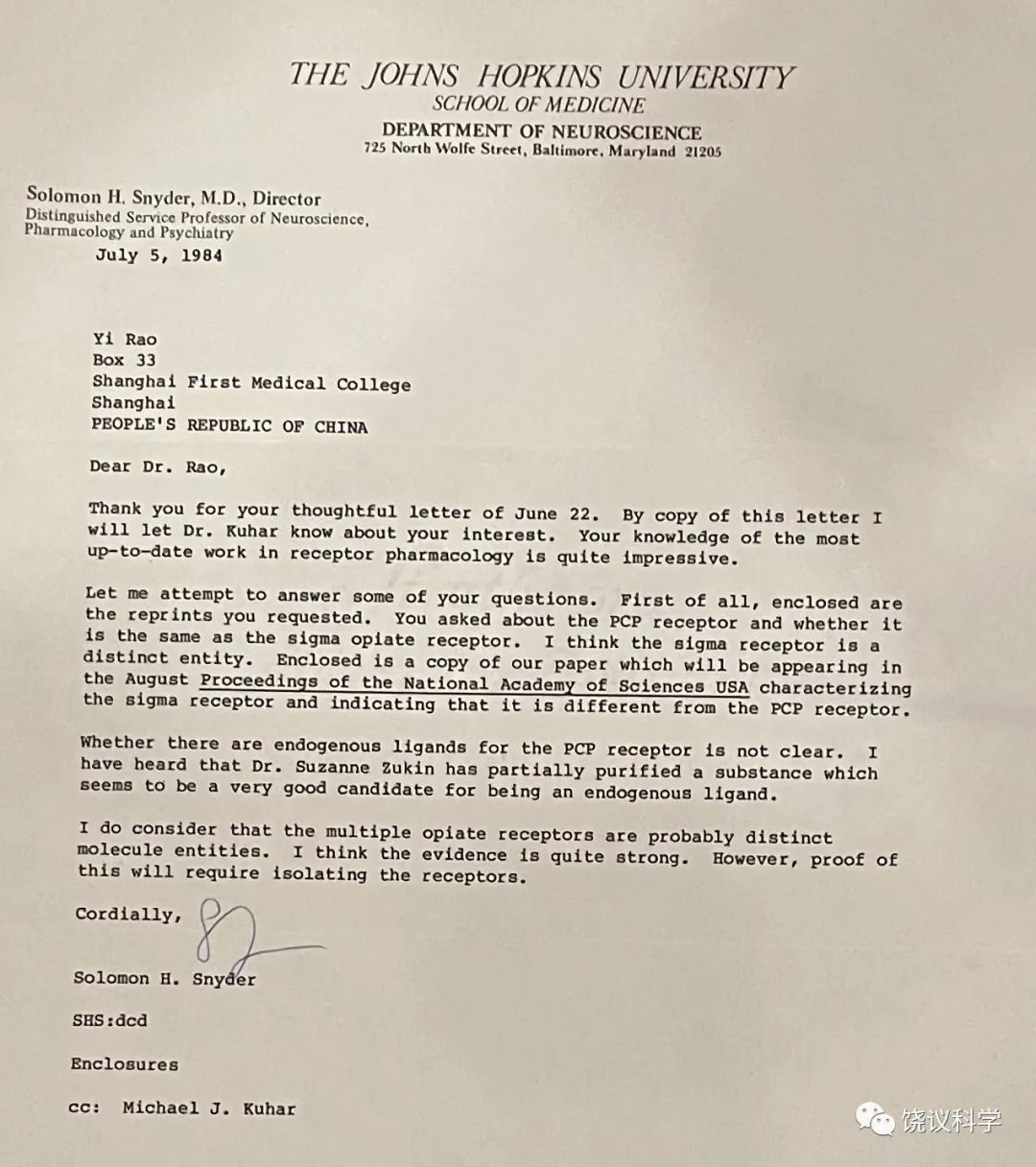
Snyder最重要的论文是1973年3月发表的Science。这篇文章是他与英国科学家Hans Kosterlitz和John Hughes共享1978年Lasker奖的主要基础。
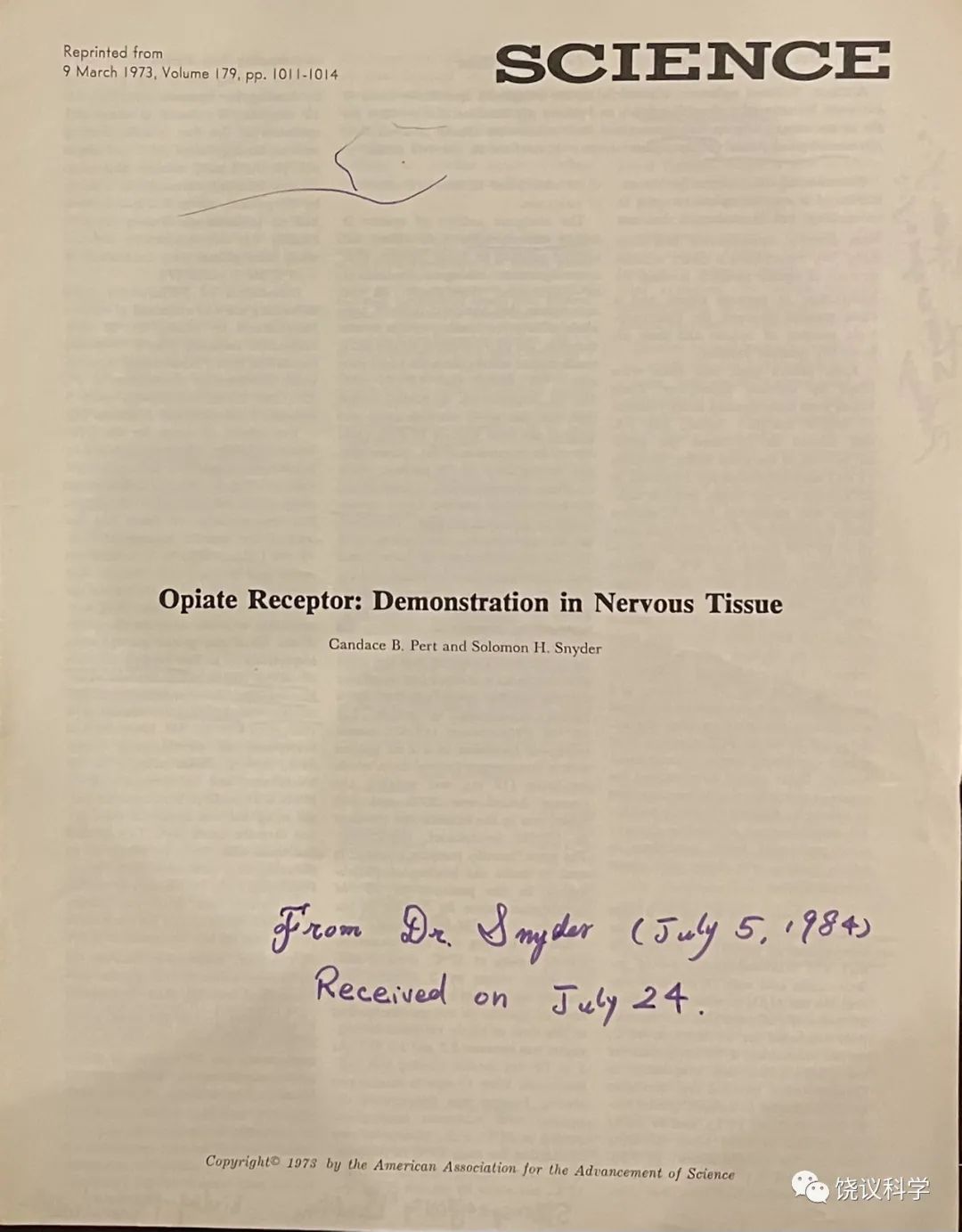
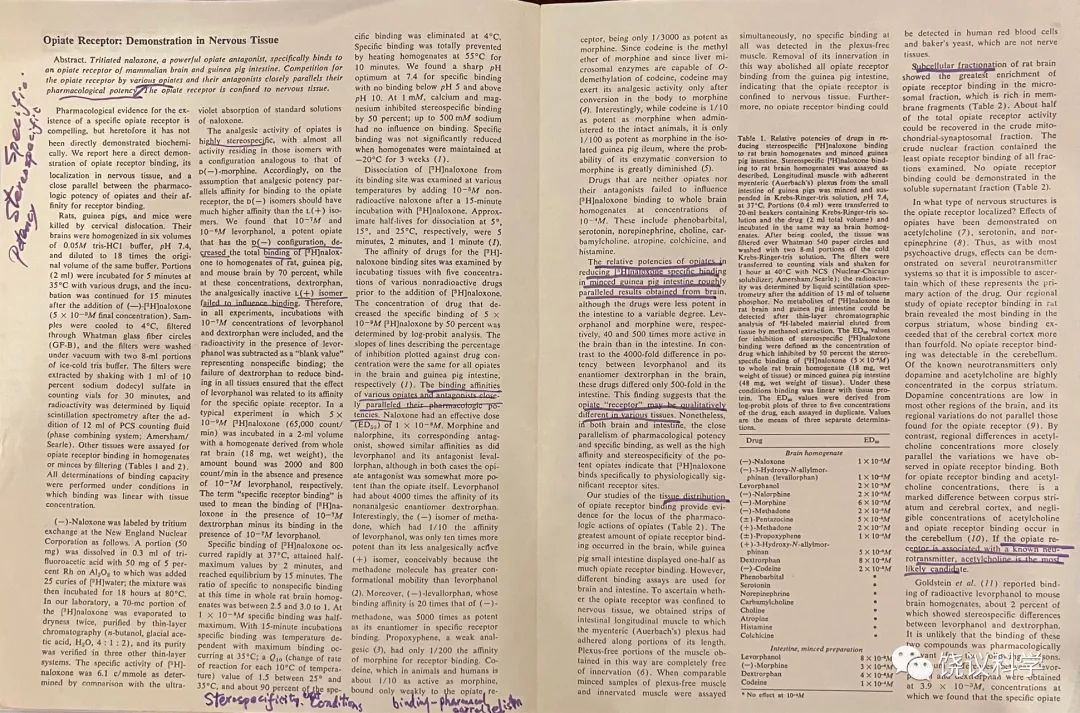
一般新闻报道认为因为他的研究生Candace Pert此后抱怨自己被忽略,从而导致Snyder没获诺奖,有些道理,但非全部事实。
实际上,阿片受体和内源性阿片样物质最重要科学贡献来自六人。
英国苏格兰Aberdeen大学药理系主任Hans Kosterlitz在受体和阿片肽都有贡献,一般认为首功。
John Hughes在Kosterlitz邀请下,成功地分离内源阿片肽,功劳也非常清楚,第二也无争议。
美国斯坦福大学药理系主任Avram Goldstein于1971年设计寻找阿片受体的方法,但当时技术因为标记同位素的局限,特异不够高。
1973年,3三篇论文,用Goldstein的方法,同年发表,发现脑内阿片受体。
瑞典的Lars Terenius于1972年11月投稿,1973年发表在欧洲的学术刊物《药理与毒理学报》。
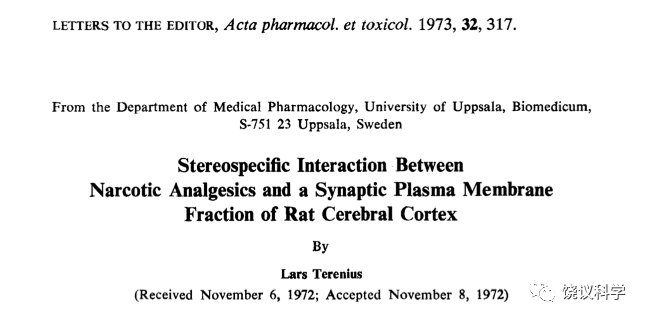
美国霍普金斯Pert和Snyder于1972年12月投稿,1973年3月发表于《科学》
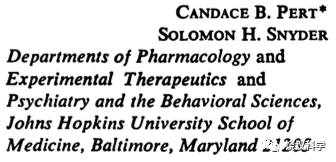
美国纽约大学的Eric Simon等1973年4月投稿,7月发表于《美国科学院院刊》。
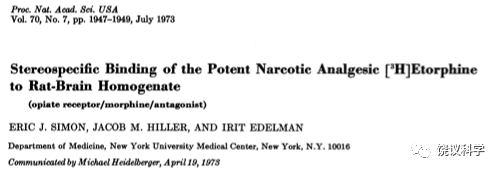
所以,后面三篇文章,很难区分。科学界一般按发表的年确定,而不是具体做更深入的调查(因为科学奖的委员会并不具备调查的资格,只能是依赖自愿,而且一般也不具备足够的调查技术和手段处理争议,所以文章发表年代就成为通常的优先权证据)。
在这样的情况下,Kosterlitz和Hughes的贡献非常清晰,Goldstein是否第三是见仁见智的问题。认为原创想法重要的支持Goldstein第三,认为要落地才算的不一定承认。
Snyder在鸦片受体排不到第三,因为有Terenius在先。
Goldstein、Kosterlitz、Simon、Pert已经去世。剩下Terenius、Hughes、Snyder。
当然,因为Snyder还有其他方面的工作,他还有可能得到更多认可。
Hans Kosterlitz的儿子是物理学家,获2016年诺贝尔物理奖,虽然这样并不能弥补其父亲因为其他人的争议而被耽误的冤枉。
Goldstein A, Lowney LI and Pal, BK (1971) Stereospecific and nonspecific interactions of the morphine congener levorphanol in subcellular fractions of mouse brain. PNAS 68:1742-1747.
Terenius L (1973) Stereospecific interaction between narcotic analgesics and a synaptic plasma membrane fraction of rat cerebral cortex. Acta Pharmacol Toxicol 32:317-320.
Pert CB, Snyder SH (1973) Opiate receptor: demonstration in nervous tissue. Science179:1011-1014.
Simon EJ, Hiller JM, Edelman I (1973) Stereospecific binding of the potent narcotic analgesic (3H) Etorphine to rat-brain homogenate. PNAS 70:1947-1949.
Hughes J (1975) Isolation of an endogenous compound from the brain with pharmacological properties similar to morphine. Brain Res 88:295-308.
Terenius L and Wahlström A (1975) Search for an endogenous ligand for the opiate receptor. Acta Physiol Scand 94:74-81.
Hughes J, Smith T, Morgan B and Fothergill L (1975) Purification and properties of enkaphalin-the possible endogenous ligand for the morphine receptor. Life Sci 16:1753-1758.
Pasternak GW, Goodman R and Snyder SH (1975) An endogenous morphine-like factor in mammalian brain. Life Sci 16:1765-1769.
Teschemacher H, Opheim KE, Cox BM and Goldstein A (1975) A peptide-like substance from pituitary that acts like morphine. 1. isolation. Life Sci 16:1771-1776.
Cox BM, Opheim KE, Teschemacher H and Goldstein A (1975) A peptide-like substance from pituitary that acts like morphine. 2. Purification and properties. Life Sci 16:1777-82.
Terenius L (1975) Effect of peptides on dihydromorphine binding to the opiate receptor. J Pharm Pharmacol 27:450-452
Hughes J, Smith TW, Kosterlitz HW, Fothergill LA, Morgan BA and Morris HR (1975) Identification of two related pentapeptides from the brain with potent opiate agonist activity. Nature 258:577-580.